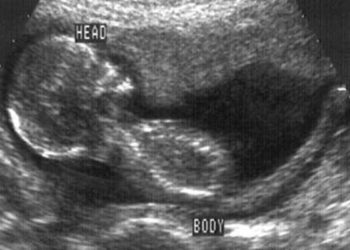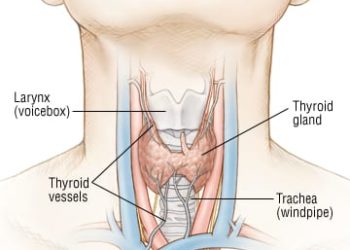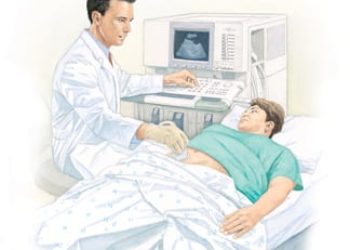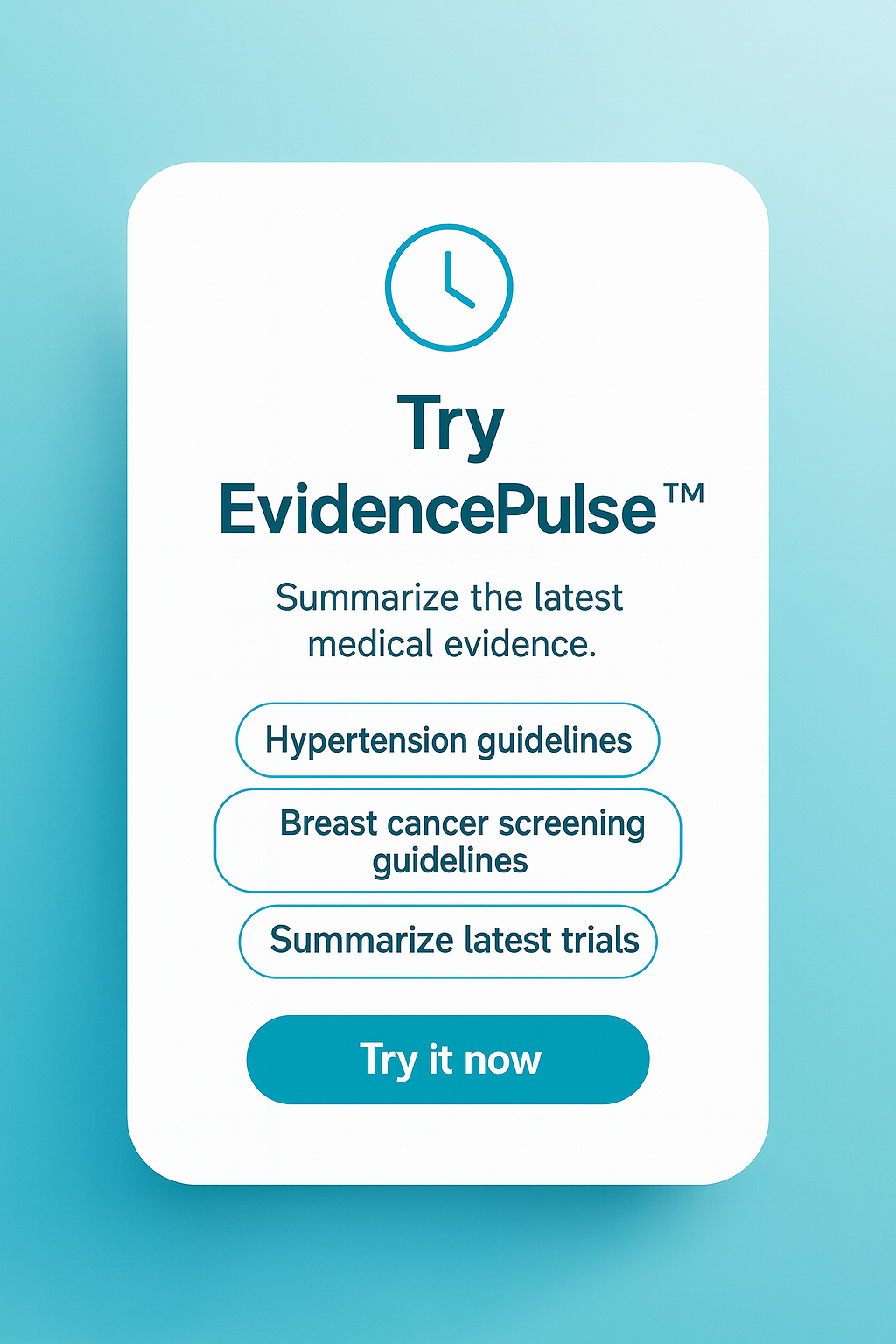Optic nerve ultrasonography can be used to detect elevated intracranial pressure
1. Optic nerve sheath dilation, defined as greater than 5.0mm on ultrasound, had a high specificity for indicating elevated intracranial pressure, while less than 5.0mm had a high sensitivity to help rule out elevated intracranial pressures.
2. Patients presenting with a suspected traumatic brain injury and a positive ultrasound result had 6.9 times the odds of having elevated intracranial pressures.
Evidence Rating Level: 1 (Excellent)
Study Rundown: Intracranial pressure can be diagnosed in several ways such as magnetic resonance imaging, computed tomography and lumbar puncture. Optic nerve ultrasonography has been increasingly used as a noninvasive, quick and easy technique to diagnose increased intracranial pressure A linear array transducer can be applied to a closed eyelid in the coronal plane of a supine patient to measure the optic nerve sheath diameter. This systematic review and meta-analysis evaluated the accuracy and optimal cutoff values of diagnostic optic nerve ultrasonography to detect increased intracranial pressures. Optic nerve ultrasonography had a 97% sensitivity and 86% specificity in detecting increased intracranial pressures in patients with traumatic brain injuries. In patients with non-traumatic brain injuries, ultrasound detection had a 92% sensitivity and 86% specificity. 5.0mm was the optimal cutoff for optic nerve sheath dilation to detect elevated intracranial pressures. Due to the small study sizes and possible publication biases, more research needs to be done on the use of optic nerve ultrasound and its effects on clinical outcomes. Other current means of detecting elevated intracranial pressure – including CT, MRI, lumbar puncture, and intracranial pressure monitoring – are more expensive, time consuming, and invasive. Optic nerve ultrasonography would allow for a faster, cheaper, and less invasive means to detect increased intracranial pressures leading to early diagnosis, prompt intervention, and better outcomes for patients.
Click to read the study in Annals of Internal Medicine
Click to read an accompanying editorial in Annals of Internal Medicine
Relevant Reading: Ultrasonic measurement of optic nerve sheath diameter: a non-invasive surrogate approach for dynamic, real-time evaluation of intracranial pressure
In-Depth [systematic review and meta-analysis]: This systematic review and meta-analysis included 71 prospective optic nerve ultrasonography diagnostic studies from 13 databases up through May 2019. Studies in all languages, all age groups, with sonographers of any training level or medical specialty were included. Studies that did not analyze the accuracy of optic nerve ultrasonography in diagnoses were excluded. Optic nerve ultrasonography was most commonly used by emergency medicine, critical care, neurology, neurosurgery, and radiology. Of patients presenting with traumatic brain injury, the sensitivity of optic nerve ultrasound for identifying elevated intracranial pressures was 97% (95% CI, 92 to 99%) with a specificity of 86% (CI 74 to 93%). Of patient presenting with a non-traumatic brain injury, the sensitivity was found to be 92% (CI, 86 to 96%) with a specificity of 86% (CI, 77 to 92%). Patients with a suspected traumatic brain injury and a positive ultrasound result had 6.93 (CI, 3.55 to 13.54) times the odds of having elevated intracranial pressures. Optic nerve sheath diameter cutoff values of 4.5mm to 5.8mm were evaluated, and 5.0mm was determined as the optimal cutoff value. Results were similar across all age groups, ultrasound operators, and medical specialties. Of the 71 studies analyzed, 35 of them were rated as having a low risk of bias, while 36 of them were rated as high risk.
Image: PD
©2019 2 Minute Medicine, Inc. All rights reserved. No works may be reproduced without expressed written consent from 2 Minute Medicine, Inc. Inquire about licensing here. No article should be construed as medical advice and is not intended as such by the authors or by 2 Minute Medicine, Inc.




![2MM: AI Roundup- AI Cancer Test, Smarter Hospitals, Faster Drug Discovery, and Mental Health Tech [May 2nd, 2025]](https://www.2minutemedicine.com/wp-content/uploads/2025/05/Untitled-design-350x250.png)




